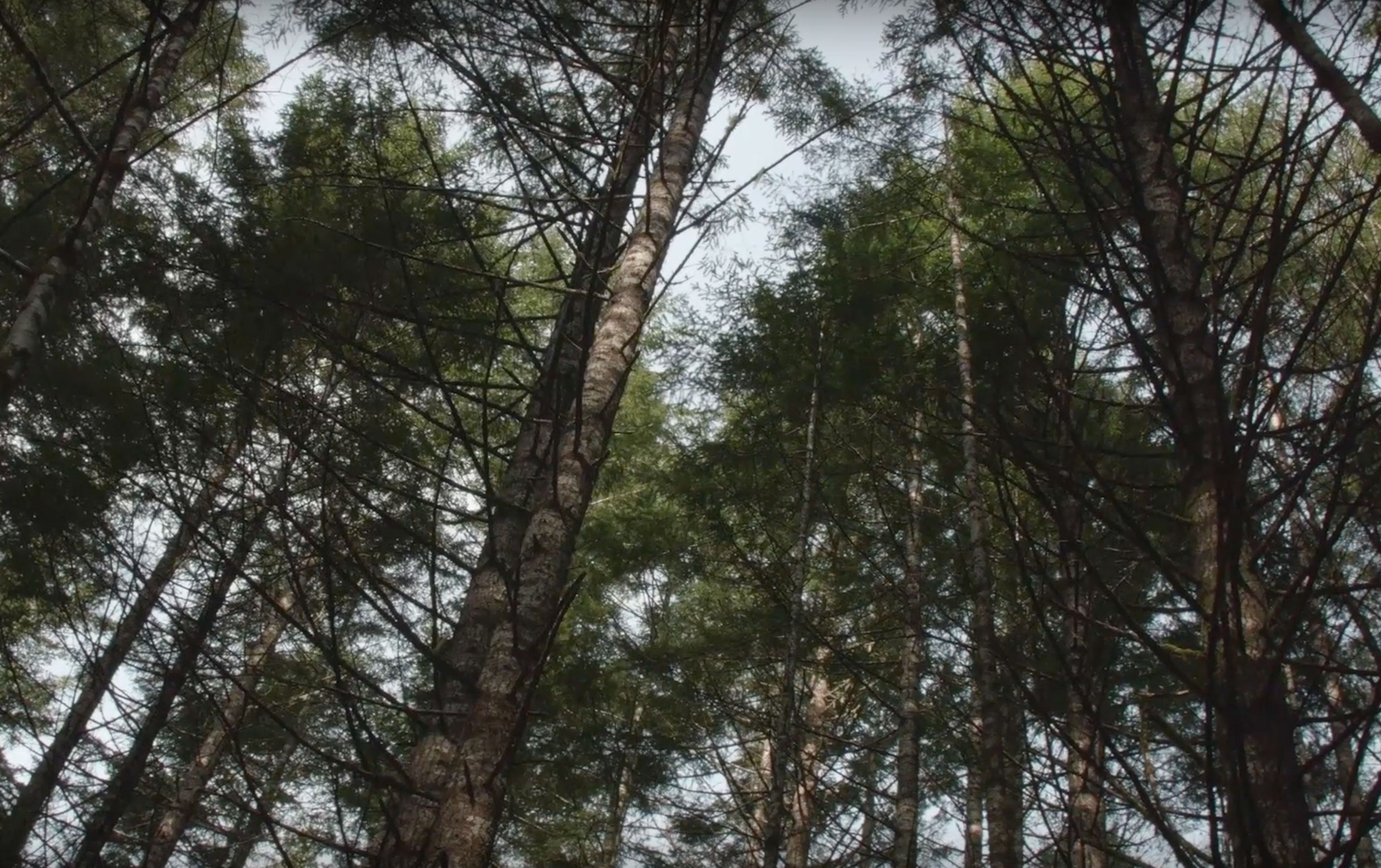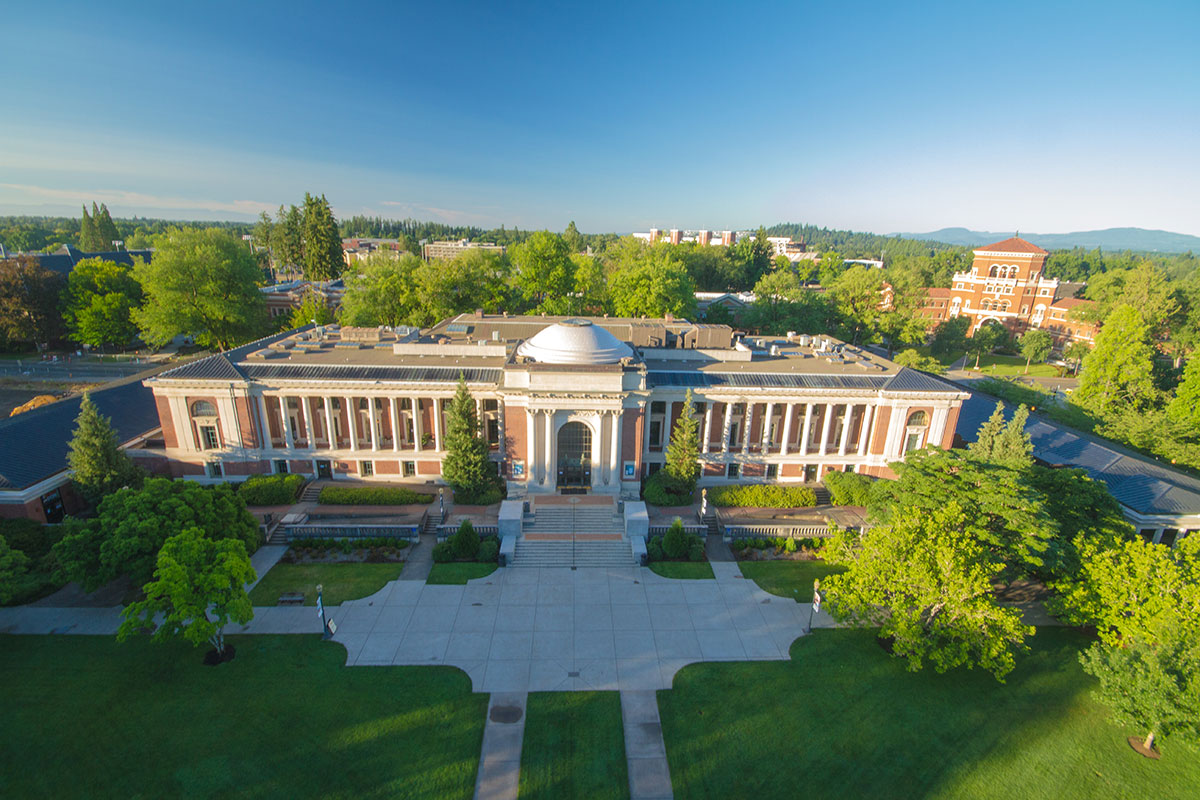
Chemistry at Oregon State University.
I AM OFTEN ASKED ABOUT THE STEPS leading to establishment of the Center for Sustainable Materials Chemistry headquartered at Oregon State University.
The story starts with the glimmer of an idea that emerged in the mid-1980s. The idea took hold in the 1990s, and culminated in 2011 with the establishment of a multi-institutional research center dedicated to developing the next generation of electronic circuits — circuits that are cleaner, cheaper and faster to make for the ever-changing demands of industry and consumers. Driving the center’s formation was a critical mass of relationships, philanthropy, distinctive science, strategic planning, numerous institutional partnerships and opportunities for leveraging.
A Partnership Blossoms
In the beginning, there was the OSU Foresight! Campaign, a modest fundraising effort that provided startup packages for three faculty hires in the mid-1980s — a “cluster hire” focused on building the area of materials science. At the time, materials science was a barely emerging field, making OSU an early player. John Wager in electrical engineering and I were two of the hires. We rarely interacted, however, until the mid-1990s. Our collaboration, combining fundamental chemistry and electrical engineering, eventually blossomed and formed the basis for the unique research now done in the Center.
Then in the mid-1990s, a group of materials researchers at OSU and the University of Oregon began focusing on building the components necessary to establish an externally funded research center. We sought to demonstrate success in each of the components of a National Science Foundation center: (1) collaborative and transformative scientific research; (2) meaningful education, outreach, and diversity programs; and (3) partnerships with industry. Between OSU and UO, we established a highly complementary path. At UO, David Johnson and colleagues built a unique Graduate Internship Program that led to an OSU-UO NSF Integrative Graduate Education and Research Traineeship (IGERT) grant. Through this grant, we were able to solidify collaborative relationships between the two campuses, explore new methods of graduate education, and refine approaches to effective outreach. During this same period, groups of OSU researchers were deeply engaged in large, collaborative research projects sponsored by NSF, the U.S. Department of Energy, the Department of Defense and industry.
The ONAMI Connection
Through these experiences, we learned about several models for building and maintaining large, integrated research projects. The Oregon Nanoscience and Microtechnologies Institute (ONAMI) was also being established during this period. One of the early goals of ONAMI was to help Oregon’s universities secure a national research center. The institute’s support in helping to further build collaborations, develop our partner network, and support our innovation program has proven to be crucial to our success.
In 2008, while attending a materials workshop in Skamania, Washington, I played a round of golf with Darren Johnson. We merged the important scientific discussions of that day with nearly 15 years of learning and program development to secure a $1.5 million grant to support the planning stage for a NSF Phase-II Center for Chemical Innovation. During this stage, we made some knock-your-socks-off scientific discoveries and considerably refined our education and outreach programs. Following a rigorous and demanding review process, our peer community favorably rated our efforts.
Finally, in 2011 our group of chemists, physicists and electrical engineers was awarded more than $20 million to grow a research center focused on understanding new chemical methods for production of electronic and energy materials. OSU leads the center, a partnership that includes UO, University of California Berkeley, University of California Davis, Washington University at St. Louis and Rutgers University.
Looking Down the Road
Now in the fourth year of operation, we are looking forward to our annual review in the spring and submission of a $20 million renewal in the fall. We’re continuing to make breakthrough scientific discoveries and augment unique outreach, education, diversity, and commercialization programs. We also spin out new companies and launch wholly new consortia. I’m especially proud of our collaboration with Judy Giordan and efforts to transform graduate education through a unique innovation platform. The results of this program have simply been mind-blowing.
It’s been a great ride with many esteemed colleagues. I’m now fortunate to have recently been given the opportunity to share these many experiences with a larger OSU community as associate dean for research and graduate studies in the College of Science. A kernel of philanthropy, a place, a vision and a plan can transform the day.
DOUGLAS KESZLER IS DIRECTOR OF THE CENTER FOR SUSTAINABLE MATERIALS CHEMISTRY.





